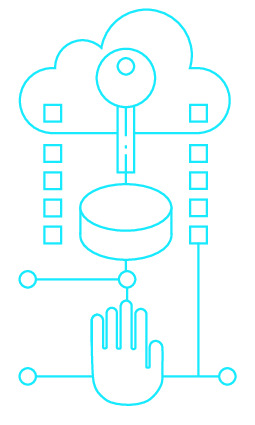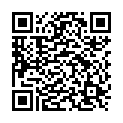|
|
|
| Module code: PIM-WI40 |
|
|
2V (2 hours per week) |
|
3 |
| Semester: 1 |
| Mandatory course: no |
Language of instruction:
German |
Assessment:
[updated 08.05.2008]
|
KI781 (P221-0139) Computer Science and Communication Systems, Master, ASPO 01.04.2016
, semester 1, optional course, informatics specific
PIM-WI40 (P221-0118, P221-0139) Applied Informatics, Master, ASPO 01.10.2011
, semester 1, optional course, informatics specific
|
30 class hours (= 22.5 clock hours) over a 15-week period.
The total student study time is 90 hours (equivalent to 3 ECTS credits).
There are therefore 67.5 hours available for class preparation and follow-up work and exam preparation.
|
Recommended prerequisites (modules):
None.
|
Recommended as prerequisite for:
|
Module coordinator:
Dr. Helmut Jäger |
Lecturer:
Dr. Helmut Jäger
[updated 08.07.2007]
|
Learning outcomes:
This course is designed to show students the power and potential of medical informatics and establishes the necessary foundation for design-related decisions and for system development in medically relevant areas.
[updated 08.05.2008]
|
Module content:
1) Basic medical terminology:
This section introduces students to the basics of anatomy and physiology. It provides an overview of the structure and function of an individual cell through to the complex organ systems found in the human body. The areas covered have been selected to be of relevance to medical informatics.
2) Basic terminology in the field of informatics:
A number of the basic terms and concepts needed to understand the field of medical informatics will be reviewed. Examples include data structure (lists, graphs, trees, hash tables, etc.), algorithms (sorting, greedy algorithms, dynamic programming) and database models.
3) Medical informatics:
Fundamentals of medical informatics: medical classification systems, IT systems in medical practices, hospital information systems, electronic medical records, medical image processing, lab systems, invoicing modules, etc. As personal data will be processed, data protection and privacy requirements must be met.
[updated 08.05.2008]
|
Recommended or required reading:
To be announced during the course.
[updated 02.07.2007]
|
Module offered in:
WS 2014/15,
WS 2013/14,
WS 2012/13,
WS 2011/12,
WS 2010/11,
...
|


